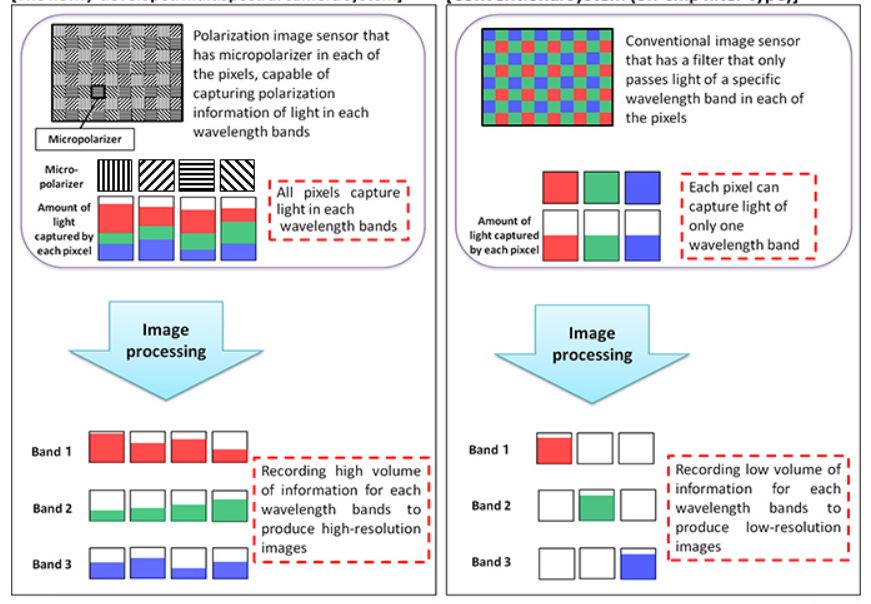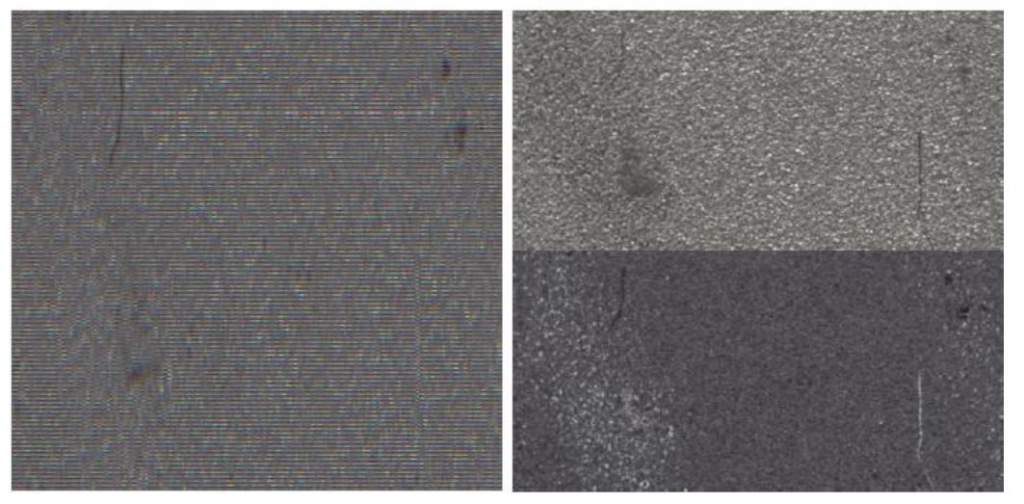The new high-performance multispectral camera system of Fujifilm is the first multispectral camera to adopt a polarization system, capable of simultaneously capturing spectral image up to nine wavelength bands in high definition and presenting the image in real time.
Rubrik: Kameras & Framegrabber
Future of CLHS
The basic goal of the Camera Link HS vision standard is to deliver a bit error immune transport layer technology with low latency and zero jitter high speed triggering included. The initial standard was ratified in 2012 and it was updated to version 1.1 a couple of years ago – everything was kept the same, but it allowed for higher speeds on the connectors. The aim was to leverage the standard to take advantage of those higher speeds and get everything into one fiber.
Multi-Channel-Flash
Different allPixa cameras can be used to trigger up to four different flash controller channels synchronized to its line acquisition. This can be used to acquire several images with different illumination geometries (dark field, bright field, or backlight, co-axial) and/or colors (white, red, green, UV, IR) simultaneously in only one scan by line-multiplexing.



